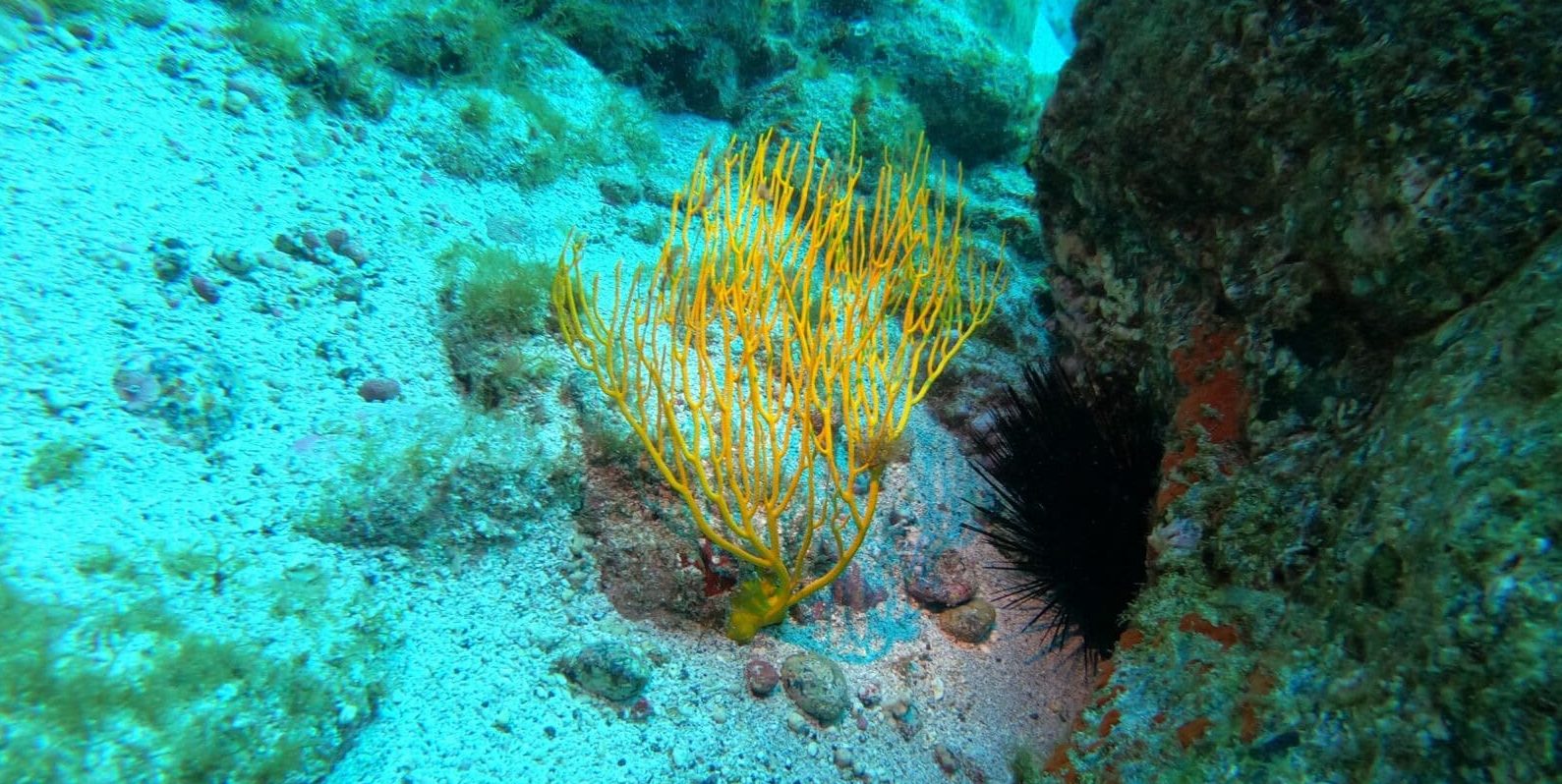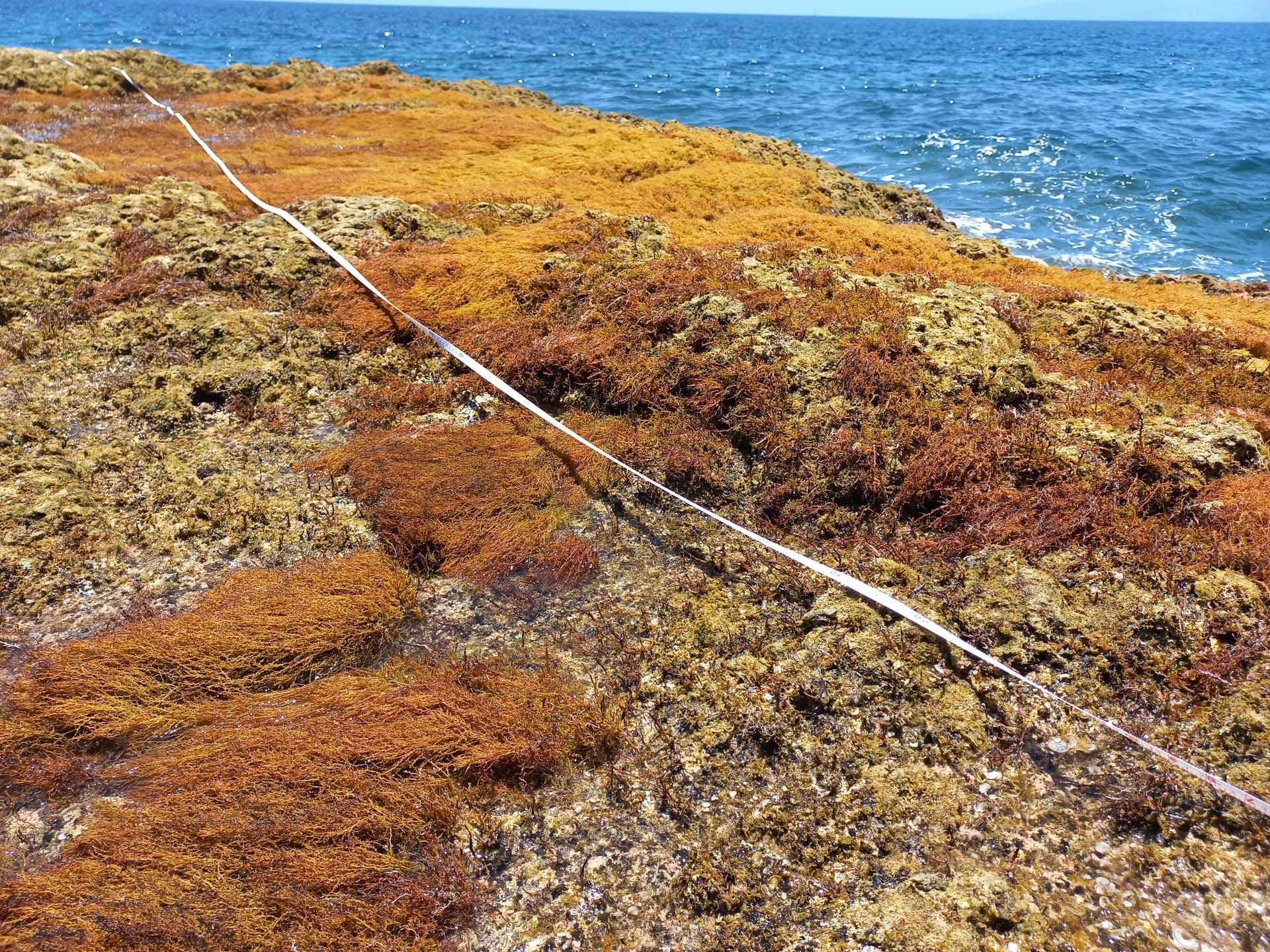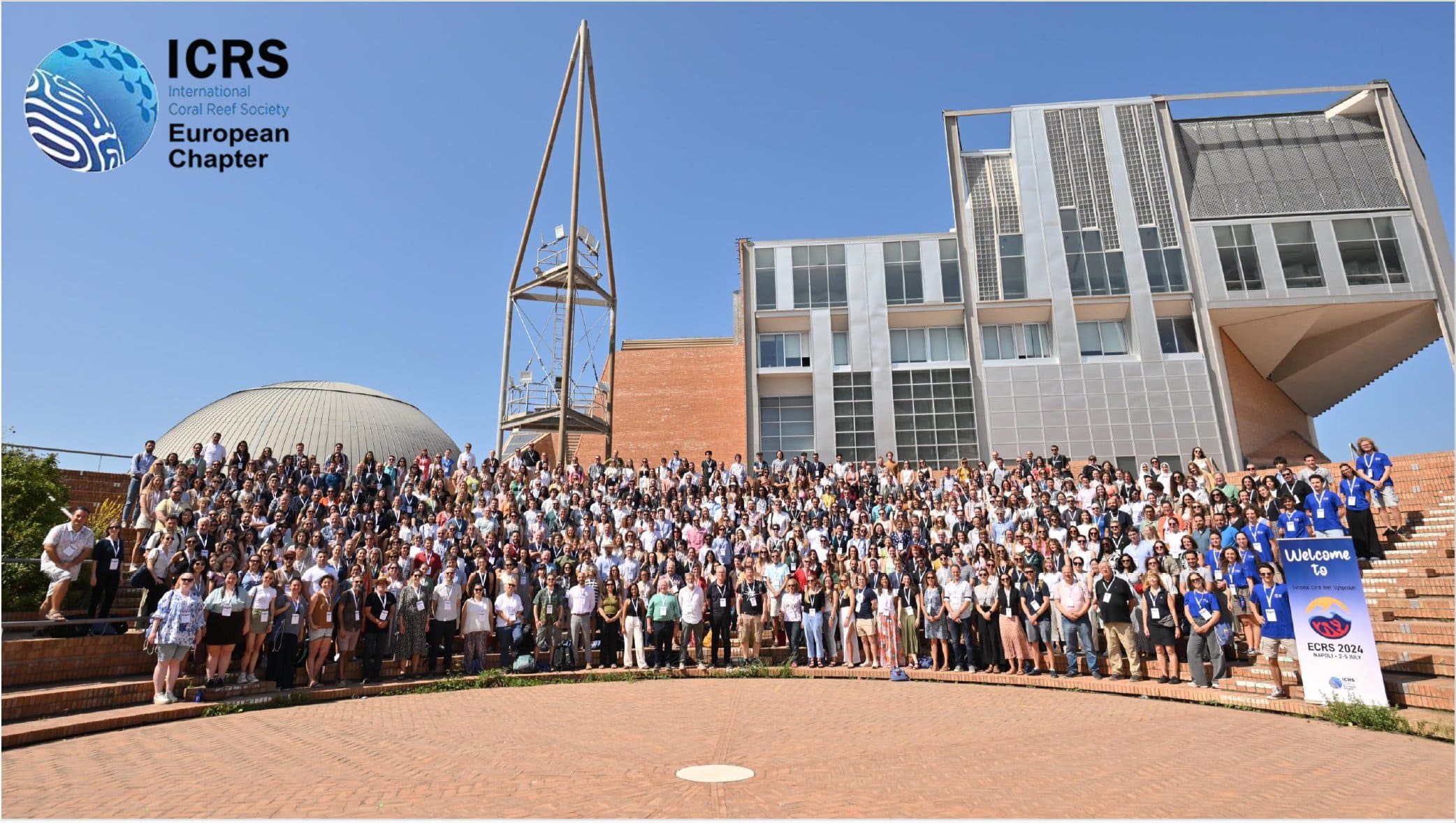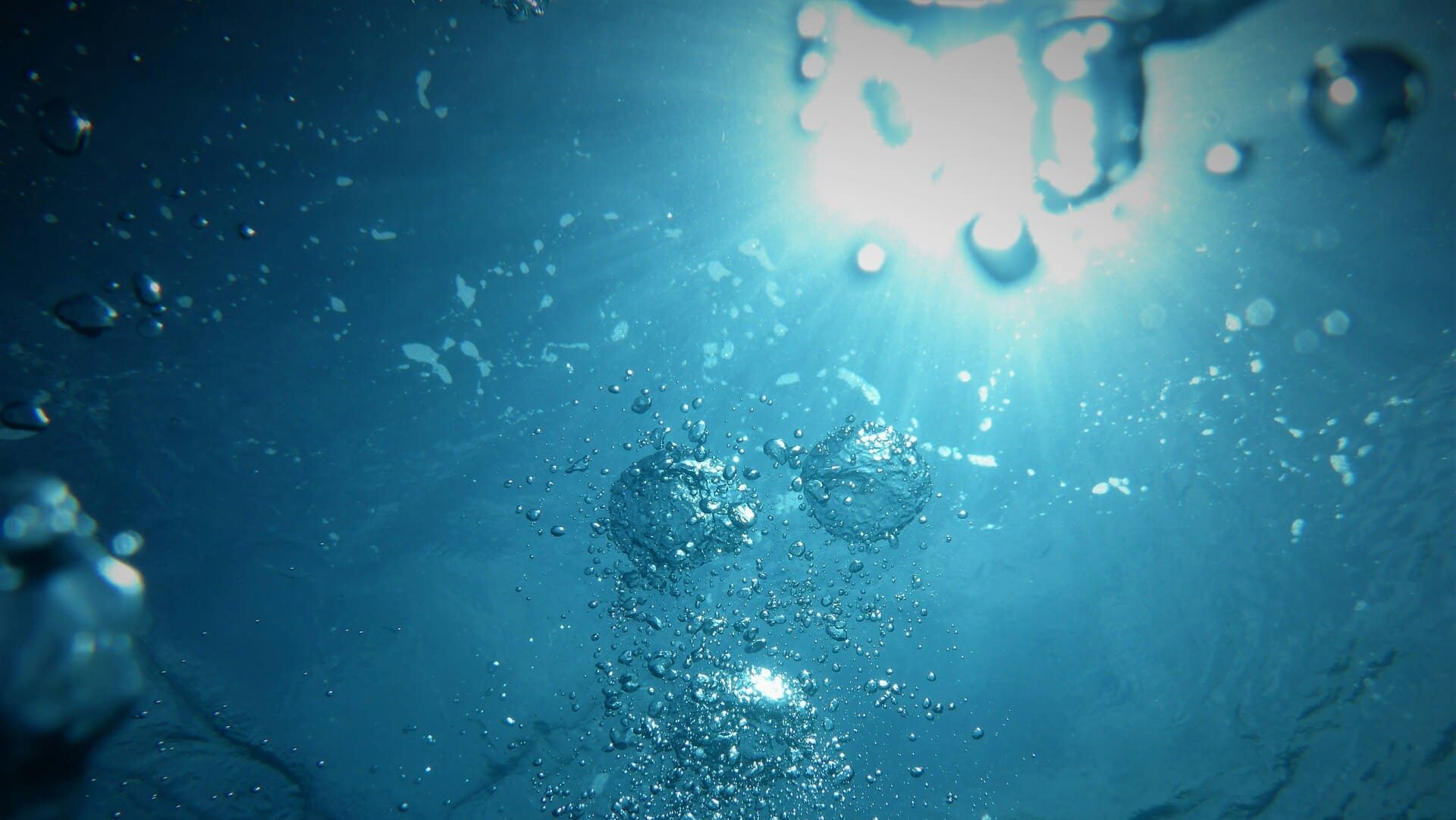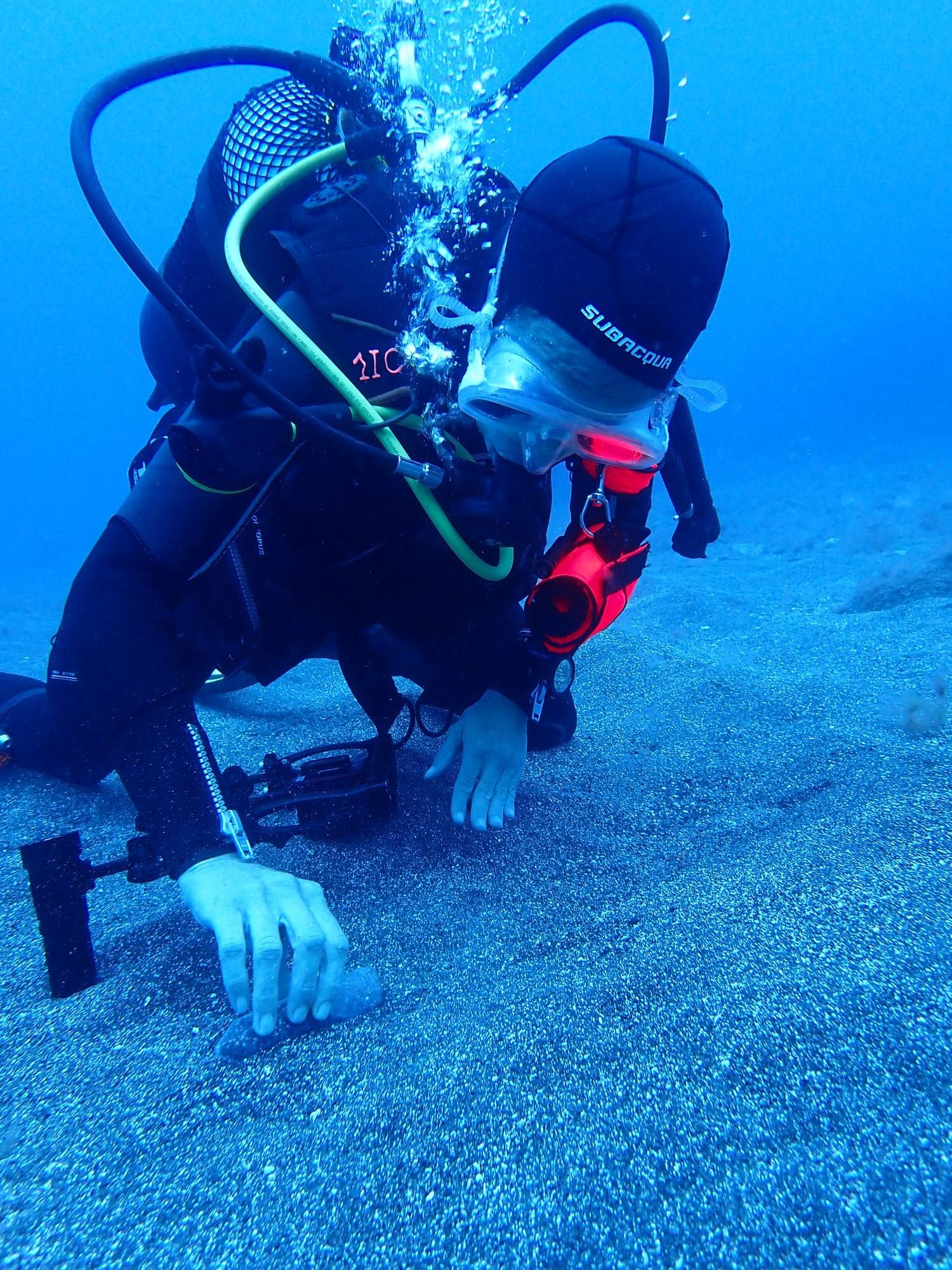To grasp the full scope of OCEAN CITIZEN’s efforts, it’s essential to first understand how the process of ecological succession works. Life underwater is always changing, and these changes may follow a pattern called ecological succession.
By understanding this process, we pave the way for fully comprehending OCEAN CITIZEN’s initiatives for the restoration of the ocean. During OCEAN CITIZEN activities, we will be able to observe the different stages of ecological succession live, while actively engaging in restoration efforts. Our goal is to regenerate diverse marine habitats, witnessing the ecological succession process in action.
Ecological succession is a fundamental concept in ecology, and it refers to a process by which the mix of species and habitat in an area changes over time. This change is due to shifts in the presence and relative abundance of different species as time passes over years to centuries. While succession is most often thought about regarding the plant community in terrestrial ecosystems, shifts in the populations of other organisms also need to be re-considered in marine habitats.
The succession process can be seen in many different systems, ranging from the establishment of grasslands after a volcanic eruption, the retreat of glaciers or the rebuild of a coral reef after the destruction of a hurricane in the ocean. After the disturbance, the re-establishment of different species starts the cycle again, replacing one another until a “climax community”—like a mature forest—is reached or until another disturbance occurs.
How does it work?: an example in Tenerife’s pilot site
Ecological succession unfolds in three distinct stages, each contributing to the gradual development of an ecosystem. The initial phase is the Colonising Stage, marked by the arrival of small and very simple species, commonly referred to as pioneer species. These organisms quickly colonise the substrate, exhibiting rapid growth and boasting high reproduction rates.
In OCEAN CITIZEN, the main restoration pilot site is based in Tenerife. In this location, some examples of species that fit into this ecological succession stage include Asparagopsis taxiformis, a type of red algae, and the Cymodocea nodosa, a type of seagrass that is only present in the Mediterranean Sea and the Atlantic Ocean. This stage sets the foundation for the subsequent phases of succession.

As the process advances, the Successionist Stage takes centre stage. The ongoing colonisation paves the way for the flourishing of new species, often characterised as late successional species. During this phase, the density and diversity of organisms increase, and the ecosystem experiences a maturation process. Competition among species becomes evident, shaping the community structure as it progresses. In this stage, notable examples of species present in Tenerife include the Aplysina aerophoba, which is found in both the Mediterranean Sea and the Atlantic Ocean, and the Gongolaria abies-marina.

The culmination of ecological succession occurs in the Climax Stage, representing the final and stable phase of the ecosystem‘s development. This stage is characterised by a mature and balanced ecosystem. During this stage, the “endpoint” of the process is achieved: the climax community. This community will persist until a disturbance occurs. Two examples of species that can be found in Tenerife and that usually appear in this stage are the Antipathella wollastoni and the Leptogorgia viminalis.

Notably, the initial species in the Colonising Stage are simple, growing rapidly with prolific reproductive rates. However, as the succession unfolds, larger species enter the scene, establishing a complex web of interactions. Predators become more prevalent in the later stages of succession, particularly when the ecosystem has matured and stabilised.
Factors that can affect the process
Ecological succession might be affected by several factors, which can speed up or decelerate the process. For example, disturbance events, such as storms, hurricanes, or human activities like trawling, can reset the succession process by disrupting established communities. Human-induced disturbances can disrupt natural successional processes and lead to the dominance of certain species. After disturbances, pioneer species may rapidly colonise the area, initiating a new succession sequence.
Some of the most important factors are temperature, nutrients, and climate conditions since they influence the types of species that can thrive in a particular marine habitat. Changes in temperature due to climate change and nutrients because of eutrophication can impact the successional dynamics in the long-term.
Furthermore, interactions between species, including competition, predation, and symbiosis, also shape the structure of marine communities. Succession can also be influenced by how species interact and adapt to each other over time.
Next steps
We are at the beginning of the remarkable OCEAN CITIZEN project. Just like in ecological succession, we are currently in the colonising stage of our communication efforts, laying the groundwork for the forthcoming steps in our mission to create a “vibrant” community of citizens that understands the significance of the ocean and flourishes in a blue future. In this initial phase, we are excited to introduce you to the topic of ecological succession that will be leading the storytelling of this incredible project. We will start by presenting various species involved in the ecological succession in the pilot sites where we work. To explore these stories and the fascinating species involved in this process, join us on our social media platforms, where we will present them in the order they typically appear.
